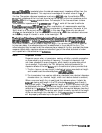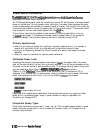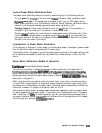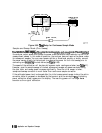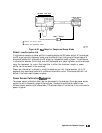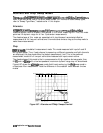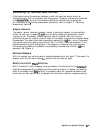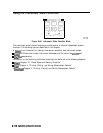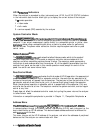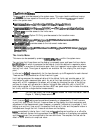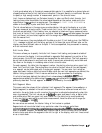
Calibrating for Noninsertable Devices
A test device having the same sex connector on both the input and output cannot be
connected directly into a transmission test configuration. Therefore, the device is considered
to be
rwninsertuble,
and one of the following calibration methods must be performed.
For information on performing measurement calibrations, refer to Chapter 5, “Optimizing
Measurement Results
n
Adapter Removal
The adapter removal technique provides a means to accurately measure the noninsertable
device. For each port, a separate
2-port
error correction needs to be performed to create
a calibration set. The adapter removal algorithm uses the resultant data from the two
calibration sets and the nominal electrical length of the adapter to compute the adapters actual
S-parameters. This data is then used to generate a separate third cal set in which the forward
and reverse match and tracking terms are as if Port 1 and Port 2 could be connected. This is
possible because the actual S-parameters of the adapter are measured with great accuracy,
thus allowing the effects of the adapter to be completely removed when the third
cal
set is
generated. See Chapter 5.
Matched Adapters
With this method, you use two precision matched adapters which are “equal.” To be equal, the
adapters must have the same match,
ZO,
insertion loss, and electrical delay.
Modify the Cal Kit Thru Definition
With this method it is only necessary to use one adapter. The calibration kit thru
definition
is
modified to compensate for the adapter and then saved as a user kit. However, the electrical
delay of the adapter must
hrst
be found. The adapter match will degrade the effective load
match terms on both ports as well as degrade the transmission frequency response (tracking).
Application and Operation Concepts
6-l
08



